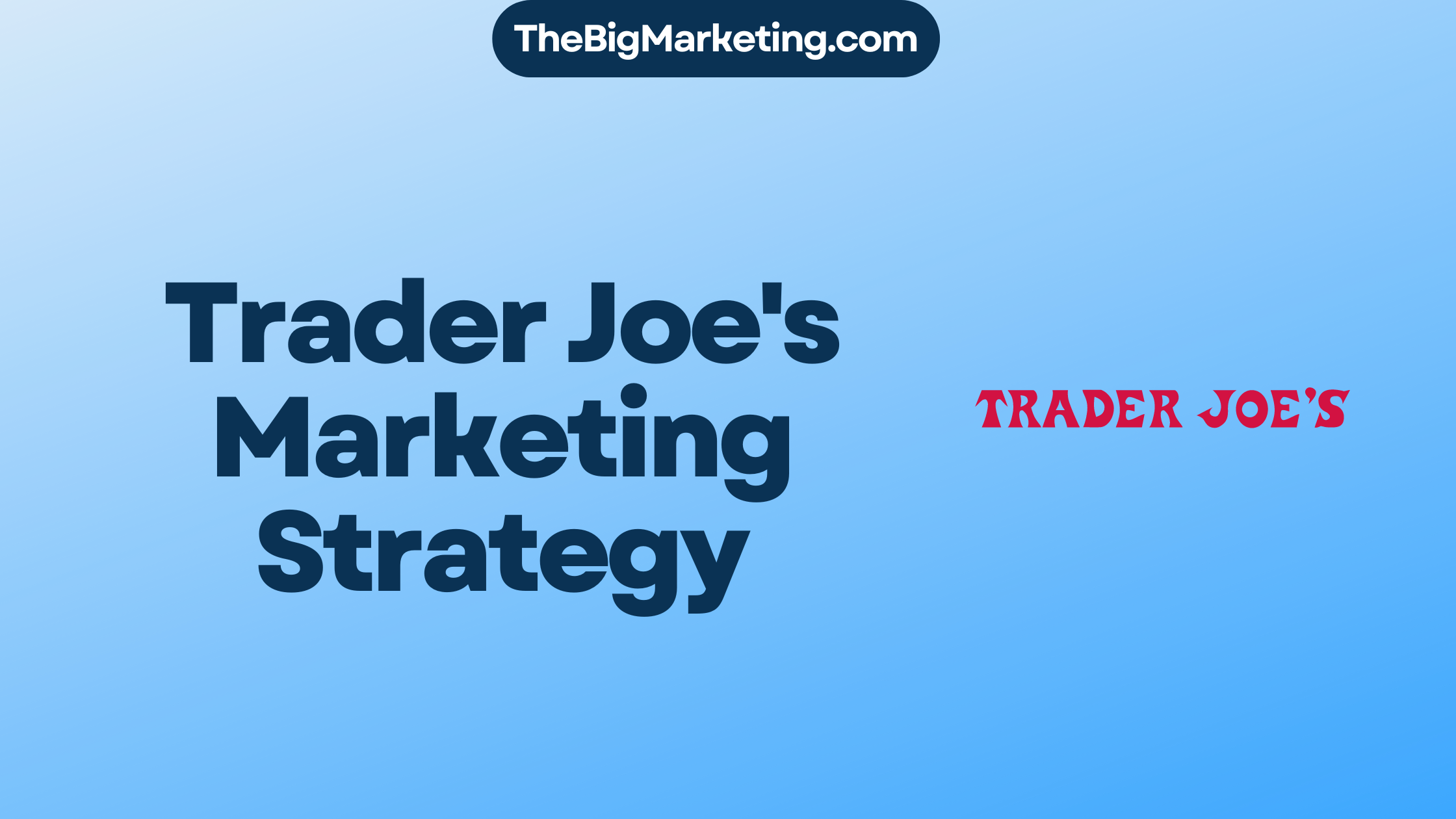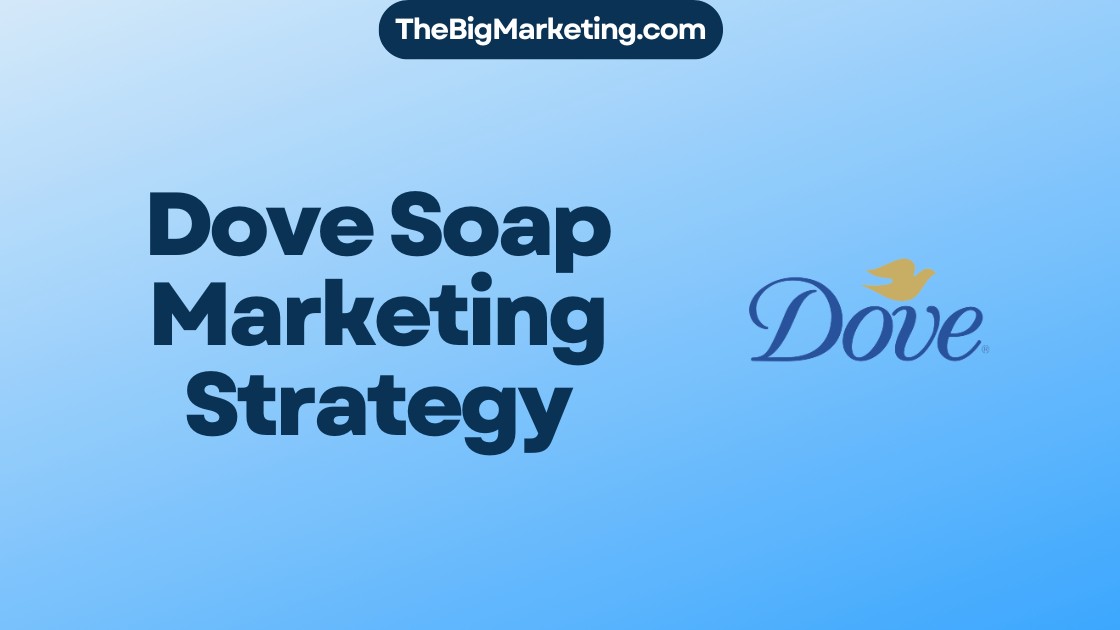U-Haul Holding, the leading do-it-yourself moving equipment and storage rental company in North America, has built a formidable reputation since its establishment in 1945. With a vast network of over 23,000 locations across all 50 US states and 10 Canadian provinces, U-Haul has become a household name in the industry. Their marketing strategy has been instrumental in driving business growth and engaging their target audience. Through meticulous competitive analysis, digital marketing tactics, and market research, U-Haul has established a strong brand presence and continues to evolve in the dynamic world of marketing.
Key Takeaways:
- U-Haul Holding is the leading do-it-yourself moving and storage rental company in North America.
- Their marketing strategy focuses on business growth, competitive analysis, target audience, digital marketing, branding, and market research.
- U-Haul strategically utilizes resources like social media, campus representatives, and digital platforms to engage the younger market.
- Their success metrics include sales increase, social media metrics, and revenue tracking.
- U-Haul allocates a significant budget for digital marketing, promotions, college rep programs, and social media needs.
Overview of U-Haul’s Marketing Strategy
To enhance their marketing and customer care processes, U-Haul has implemented a comprehensive marketing strategy that focuses on customer engagement, brand loyalty, and leveraging social media platforms. By utilizing powerful tools such as Hootsuite and Brandwatch, U-Haul has been able to streamline their workflows, reduce response time, and strengthen their customer relationships.
Since 2017, U-Haul has integrated Hootsuite into their marketing operations, allowing their marketing team to efficiently manage and monitor their social media content across various platforms. With Hootsuite’s social listening capabilities, U-Haul can proactively engage with their customers, respond to inquiries and feedback, and create personalized experiences.
In 2018, U-Haul incorporated Brandwatch into their marketing strategy, enabling them to gain valuable insights into consumer sentiment, brand mentions, and competitive analysis. This tool has empowered U-Haul to make data-driven decisions, refine their marketing campaigns, and tailor their messaging to resonate with their target audience.
As a result of their strategic use of these platforms, U-Haul has built strong brand loyalty among their customers. By actively listening and engaging with their audience, U-Haul has fostered a sense of community and trust. Through their proactive marketing strategies, they have been able to effectively communicate their brand values and offerings to their target market.
U-Haul’s marketing team plays a critical role in managing social media content, supporting various departments, and running multiple campaigns simultaneously. With the assistance of Hootsuite and Brandwatch, they are able to effectively coordinate their efforts, ensuring consistency in messaging and delivering a seamless brand experience across all touchpoints.
This commitment to using social media platforms as a key marketing channel has allowed U-Haul to not only maintain a high standard of social media engagement but also provide exceptional customer service. By implementing a proactive approach to marketing and utilizing these powerful tools, U-Haul continues to strengthen their brand, drive customer engagement, and cultivate long-lasting brand loyalty.
Targeting the Younger Market
U-Haul recognizes the importance of targeting the younger market, particularly college students aged 18 to 23. To effectively engage with this demographic, U-Haul has implemented a range of strategies tailored to their needs and preferences.
Appointing Campus Representatives
One key strategy employed by U-Haul is the appointment of campus representatives. These representatives play a crucial role in creating U-Haul Facebook pages specifically designed for college students. By having a dedicated presence on social media platforms, U-Haul is able to directly reach and interact with their target audience.
Organizing Campus Events
In addition to social media outreach, U-Haul also organizes events on college campuses. These events provide an opportunity for college students to learn about U-Haul’s services and offerings in a fun and engaging environment. By bringing their brand directly to campuses, U-Haul creates a memorable experience that resonates with their target audience.
Incentives for College Students
To further entice college students to choose U-Haul for their moving and storage needs, U-Haul offers attractive incentives. For example, college students can enjoy a 10% discount on their first rental. This discount not only incentivizes students to choose U-Haul but also serves as a way to introduce them to the company’s services, fostering potential long-term customer relationships.
Online Engagement through Full-Time Workers
Recognizing the influence of social media on college students, U-Haul has also hired full-time workers to manage their social media platforms, including Facebook, Twitter, and YouTube. These dedicated team members actively engage with customers, respond to inquiries, and share relevant content. By having a consistent online presence, U-Haul stays connected with their target audience and builds lasting relationships.
Social Media Integration
U-Haul has successfully integrated social media into their marketing strategy to enhance customer engagement. By leveraging popular platforms like Facebook and Twitter, U-Haul has created exciting opportunities for their audience to interact with the brand and be a part of the U-Haul community.
One of the ways U-Haul utilizes social media is by organizing engaging Facebook contests. These contests require participants to show their support for U-Haul by simply liking the company’s Facebook page and leaving a comment. This not only increases brand visibility but also encourages active participation from customers, fostering a sense of loyalty and connection.
In addition to Facebook contests, U-Haul also runs exciting Twitter contests to further engage their audience. These contests typically involve participants following U-Haul’s Twitter page, tweeting about their positive experiences with U-Haul, and giving the brand a shout out. By utilizing hashtags and encouraging users to spread the word, U-Haul reaches a wider audience and stimulates conversations around their products and services.
Furthermore, U-Haul maintains a website blog that serves as a valuable resource for both customers and the company itself. This blog acts as a diary of experiences written by both U-Haul’s full-time workers and satisfied customers. By sharing stories, tips, and insights, U-Haul not only creates interesting content but also provides a platform for customers to share their experiences and contribute to the brand’s narrative.
This social media integration has proven to be highly effective in allowing U-Haul to connect with their audience on a deeper level. By actively participating in Facebook and Twitter contests and engaging with the blog, customers feel involved and heard, solidifying their relationship with the brand. This customer engagement translates into increased brand loyalty and ultimately contributes to U-Haul’s overall marketing success.
Metrics of Success
U-Haul utilizes various metrics to measure the success of their marketing strategy. These metrics provide valuable insights that help the company assess the effectiveness of their efforts in achieving their business growth goals.
Increase in Sales
One of the key metrics U-Haul tracks is the increase in sales among their target demographic of 18 to 23-year-olds. By analyzing the growth in sales within this specific age group, U-Haul can evaluate the impact of their marketing strategy on driving business growth.
Facebook Likes and Twitter Followers
Another important metric U-Haul focuses on is the increase in their Facebook likes and Twitter followers. These metrics provide valuable indicators of customer engagement and the effectiveness of their social media marketing efforts. U-Haul strives to grow their online community and reach a wider audience through these platforms.
Revenue Tracking
Tracking revenues specifically in college towns is also a vital part of U-Haul’s metric analysis. By monitoring the revenue generated from these areas, U-Haul can assess the direct impact of their marketing efforts on the target demographic of college students. This data helps the company refine their strategies and allocate resources more effectively.
By diligently analyzing these metrics, U-Haul gains a comprehensive understanding of the performance of their marketing strategy. These insights allow them to make data-driven decisions, optimize their campaigns, and drive continuous improvement in their business growth and customer engagement.
| Metric | Measurement |
|---|---|
| Increase in Sales | Percentage growth in sales among 18 to 23-year-olds |
| Facebook Likes | Total number of Facebook page likes |
| Twitter Followers | Total number of followers on Twitter |
| Revenue Tracking | Revenue generated in college towns |
Budget Allocation
U-Haul understands the importance of investing in effective marketing strategies to drive its business growth and engage with its target audience. With a total marketing budget of $20 million, U-Haul allocates a significant portion, $10 million, specifically for digital marketing. This substantial allocation reflects U-Haul’s commitment to utilizing online platforms and engaging with its target audience through social media and other digital channels.
Within the digital marketing budget, U-Haul strategically allocates resources to various initiatives. $4 million is allocated for promotions, enabling U-Haul to run targeted campaigns, offer discounts, and implement other promotional activities to attract and retain customers. Another $4 million is dedicated to college representative programs, which involve partnering with universities and colleges to increase brand visibility and capture the attention of potential customers. U-Haul recognizes the importance of targeting the younger demographic, particularly college students, and allocates resources specifically for this initiative.
U-Haul also earmarks $2 million from the digital marketing budget for social media needs and staffing. This allocation supports the development and maintenance of U-Haul’s social media presence across platforms such as Facebook, Twitter, and YouTube. It allows U-Haul to enhance customer engagement, build brand loyalty, and provide timely and relevant content to its target audience. Additionally, the allocation covers the costs associated with hiring social media personnel, ensuring that U-Haul’s social media efforts are strategic, effective, and aligned with its overall marketing objectives.
Overall, U-Haul’s budget allocation demonstrates its strategic approach to marketing. By dedicating significant resources to digital marketing, promotions, college representative programs, and social media needs, U-Haul aims to maximize its marketing impact and connect with its target audience in meaningful ways.
U-Haul Marketing Budget Allocation
- Total Marketing Budget: $20 million
- Digital Marketing Budget: $10 million
- Promotions: $4 million
- College Representative Programs: $4 million
- Social Media Needs and Staff: $2 million
The Importance of Empowering the Customer
U-Haul recognizes the crucial role of customer empowerment in delivering a positive user experience and driving their overall marketing strategy. They understand that customer expectations are shaped by their interactions with the company, from initial sales and marketing touchpoints to ongoing customer success. To create value for their users and ensure customer satisfaction, U-Haul aligns its go-to-market strategy with its product strategy.
By placing the customer at the center of their approach, U-Haul aims to provide an exceptional user experience that goes beyond meeting basic needs. They prioritize empowering customers with the tools, information, and resources necessary to make informed decisions and have a seamless journey throughout their interaction with the brand.
One way U-Haul empowers customers is by offering a wide range of options and customizable solutions that cater to diverse needs. Whether it’s choosing the right moving equipment, selecting storage unit sizes, or accessing convenient rental locations, U-Haul strives to provide flexibility and choice to enhance the overall user experience.
In addition to product offerings, U-Haul values transparency and clear communication. They provide detailed information about pricing, terms and conditions, and rental processes, ensuring customers have all the necessary information to make informed decisions. U-Haul’s commitment to transparency builds trust and confidence among its customers, enhancing the overall user experience and fostering long-term relationships.
The Role of Alignment in Customer Empowerment
Customer empowerment is not solely limited to product value and user experience. It is also closely tied to U-Haul’s go-to-market strategy, which focuses on aligning marketing efforts with customer needs. By understanding the pain points, preferences, and goals of their target audience, U-Haul is able to develop tailored marketing campaigns that resonate with customers.
Through market research and customer insights, U-Haul gains valuable knowledge that informs their marketing strategies. They develop messaging and content that emphasizes the value and benefits of their products and services, addressing specific pain points and providing solutions that empower customers. By aligning their messaging with customer needs, U-Haul effectively communicates the value their products bring, strengthening the customer’s sense of empowerment and reinforcing their trust in the brand.
The Impact on Go-to-Market Strategy
U-Haul’s customer-centric approach and focus on empowerment have a significant impact on their go-to-market strategy. By prioritizing customer needs and preferences, U-Haul is able to refine their product offerings, marketing messaging, and overall business strategy to better align with customer expectations.
Empowered customers are more likely to become brand advocates, sharing positive experiences and recommendations with others. This organic word-of-mouth promotion not only increases U-Haul’s brand visibility, but also enhances their reputation and credibility among potential customers.
Furthermore, customer empowerment encourages customer loyalty and brand retention. Satisfied and empowered customers are more likely to choose U-Haul for future moving or storage needs, driving repeat business and long-term customer relationships. By prioritizing empowerment in their marketing strategy, U-Haul not only enhances the customer experience but also fuels business growth and success.
In summary, U-Haul’s focus on empowering customers throughout the user experience is fundamental to their overall marketing strategy. By aligning their go-to-market strategy with their product strategy and prioritizing customer needs and preferences, U-Haul creates value for their users, fosters customer loyalty, and drives business growth. Through transparency, flexibility, and tailored marketing efforts, U-Haul empowers customers to make informed decisions and have a seamless journey, ultimately solidifying their position as a leading do-it-yourself moving and storage rental company.
Conclusion
In conclusion, U-Haul Holding’s marketing strategy has been instrumental in driving their business growth and fostering customer engagement. By strategically targeting the younger market and effectively integrating social media into their efforts, U-Haul has solidified its position as the top choice for do-it-yourself moving and storage rentals. Through meticulous measurement of key metrics and a focus on empowering the customer, U-Haul continues to refine and enhance their marketing approach to deliver exceptional value to their target audience.
Their strategic budget allocation, with a significant investment in digital marketing, reflects U-Haul’s commitment to staying at the forefront of customer engagement. By allocating resources specifically for promotions, college representative programs, and social media needs, U-Haul maximizes its digital presence while effectively engaging with their target audience. This customer-centric approach, aligned with their go-to-market strategy, ensures that U-Haul consistently delivers a superior user experience and product value.
As the digital marketing landscape evolves, U-Haul remains steadfast in adapting to meet the ever-changing needs of their target audience. With a deep understanding of their customers and a dedication to delivering value, U-Haul’s marketing strategy continues to drive their business growth and customer engagement. By remaining nimble and responsive to market trends, U-Haul will continue to lead the way in the do-it-yourself moving and storage rental industry.





